Japan instead of Turkey. What makes the F-35 program attractive to US allies
F-35 Program: History and Benefits
The idea of creating a single multi-purpose fighter in the United States of America came more than thirty years ago, in the 1980s, when the Cold War was still underway and in Washington they were concerned about the modernization of military equipment used by American aviation. And here, just in time, an event of a truly global level happened - the Soviet Union collapsed, and post-Soviet Russia fell into the orbit of American influence for some time. American politicians and diplomats frequented Moscow, intensified their work and special services.
In the 1995 year, when Boris Nikolayevich Yeltsin was in power in the Russian Federation, the American company Lockheed Martin announced the receipt of technology from the Yakovlev Design Bureau, the illustrious Soviet-Russian design bureau that developed fighter jets. It was the experience accumulated by Soviet designers that was used for further developments in the creation of the American multi-role fighter.
At the same time, plagiarism should not be attributed to the Americans: despite the fact that in 1991-1997. Yakovlev Design Bureau and Lockheed Martin worked closely, many of the components used in the F-35 are significantly different. So, back in the 1950's. In the United States, the rotary nozzle mechanism was invented, and in the 1960 it was tested to create a supersonic fighter.
The immediate predecessors of the JSF (Joint Strike Fighter) program, due to which F-35 was developed, were the Common Affordable Light Fighter (CALF) and Joint Advanced Strike Technology (JAST) programs. The first project was launched in 1992 and provided for the creation of a publicly accessible light fighter, and the second project was aimed at improving the strike capabilities of aviation - it was launched in 1993. Thus, to 1993-1994 years. The American military leadership finally decided on the need to replace the US Air Force multipurpose fighters with a single and maximally unified fighter.
In 1995, the United States' closest military-political ally, Great Britain, joined the program. London contributed 200 million dollars as a contribution to the project, that is, 10% of its cost. Thus, the program has acquired a supranational character and has become the largest program in the field of rearmament and modernization of combat aircraft since the end of the Cold War. No other country in the world offered such a program, so in some ways the project of the USA and Great Britain could be called unique. For example, for the needs of the US Air Force alone, it was planned to produce more than 2 of thousands of new aircraft.
In the 2001 year, the final choice was made in favor of the X-35 model presented by Lockheed Martin. According to the results of the competition, she was recognized as more effective than her main competitor - the X-32 model from Boeing. Thus, for the needs of the air force, naval aviation of the naval forces and marine infantry, a new uniform fighter was created with the possibility of vertical and short take-off and landing. The new fighter was supposed to replace the F-16, A-10, F / A-18, AV-8B and the British Sea Harrier. The advantages of the model presented by Lockheed Martin included the method of creating vertical thrust by using a special lifting fan. X-32 was deprived of such a fan.
Based on the test results, it was decided to develop standardized fighter-bombers for the aviation needs of NATO countries for land and sea based. US and UK invested $ X billion in 2,5 program. Italy, the Netherlands, Norway, Denmark, Turkey, Canada and Australia joined the project. It was decided to spend 233 billion dollars on the development and acquisition of aircraft, but then the implementation of the program was significantly delayed and, accordingly, the cost of its implementation increased.
Ultimately, the cost of servicing and upgrading aircraft can be over one trillion dollars in half a century. Naturally, with such expenses, the United States was interested in attracting the maximum number of its allies to participate in the program. But after Turkey acquired the Russian C-400, Washington decided to neglect even Turkish money in order to preserve the political face in such a delicate situation.
Meanwhile, it was in Turkey that it was planned to create a pan-European center for maintenance and repair of F-35 aircraft engines, which would meet the aviation needs of all countries participating in the North Atlantic Alliance. But the deterioration in relations between Ankara and Washington has put this plan at risk.
The economic implications of the program
It should be noted that many NATO countries were part of the program rather on a forced basis. The fact is that in modern conditions the cost of developing and building a new generation aircraft for most European countries has become overwhelming. And the only way to preserve their own aircraft design schools was only by joining a single project, the flagship of which were the United States and Great Britain.
For example, Italy throughout its stories was one of the key representatives of the European aircraft industry. At one time, Italians made a great contribution to aeronautics, to the construction of the first aircraft, and these traditions remained in the country throughout the twentieth century. Now in Italy there is the only aircraft factory outside the United States where the F-35 is manufactured. It is located in Novara, near the Cameri air base in the north of the country. The first F-35 fighter assembled outside the United States was released at this plant in early March of the 2015 year and received the designation AL-1.
The Italian leadership hoped to ensure the release of fighters both for the needs of the Italian Air Force and for the needs of the Netherlands Air Force, with which an agreement was reached.
Interestingly, Israel, the Republic of Korea and Japan did not initially join the F-35 program. As for Israel, the American military leadership did not trust him very much, but he quickly gained observer status in the program with the right to vote and began to receive the first F-35. Israeli military experts, by the way, rated the fighter itself and its technical characteristics very highly, but then critical comments about the new American aircraft began to appear in the Israeli press.
Japan, in turn, long expected that the United States would supply a more powerful F-22 aircraft for the needs of its aviation. For the American side, the constraining factor was that Japan, with its developed high-tech industry, would inevitably require a more serious level of participation in the program for itself.
In December 2016, US President Donald Trump announced that the cost of the program had gone out of control, after which the Pentagon started talking about serious fighter defects. In January 2019, Bloomberg published a report by the US Department of Defense that described the critical problems identified by numerous inspections of the latest fighter. In particular, it turned out that already many planes should be decommissioned, as their high-tech coating wears out quickly and they become available for enemy air defense radars. In a combat situation, such a defect can be fatal.
Will Japan come to the program instead of Turkey?
Until recently, Japan remained in the status of a foreign buyer of F-35 fighter jets, however, in the spring of 2019, it unexpectedly showed great interest in raising its status under this program. This interest from the Japanese leadership surprisingly coincided with the growing crisis in US-Turkish relations and the subsequent cessation of cooperation with Turkey through the F-35 program.
The scandal surrounding the supply of Russian C-400 and the American response to these deliveries in the form of Turkey's exclusion from the F-35 program was only one of the consequences of the general deterioration in relations between Ankara and Washington. Dissatisfied with the excessive ambitions of Recep Erdogan, the Americans tried to tell Turkey how to behave in the Middle East, and took the next step in demonstrating their independence from Ankara - Turkey ordered C-400 and, in principle, even under the threat of sanctions, did not want to abandon them acquisitions.
Then the United States expelled Turkey from the F-35 program and stopped training Turkish troops for flying this fighter, which had previously been launched in the United States. Naturally, the F-35 service center will also be moved from Turkey. In Ankara, the United States, of course, evaluated this behavior very negatively, calling it undermining the very foundations of partnership between countries. In addition, Recep Erdogan accused Washington of robbery, since Turkey has already invested heavily in the program and if it is excluded from it, then the question arises of reimbursing the money spent without a proper result.
After a vacant place appeared in the program, Japan declared its interest in it. However, many experts are convinced that the United States will refuse the Land of the Rising Sun to increase its status in the program. And the reason for such a decision by the American side will be precisely the presence in Japan of its own highly developed aviation industry.
In addition, Japan is currently developing its own new-generation aircraft, the X-2 Shinshin, based on which Tokyo wants to create its own new F-3 fighter. If Japan enters the F-35 program as a full-fledged production partner, then the creation of the Japanese fighter itself can significantly accelerate, as the Japanese will have access to many technological secrets and additional features.
There is one more nuance. The United States in the Asia-Pacific region, in addition to Japan, has another ally - South Korea. But for South Korea, the United States is an ally and intercessor, and Japan is an eternal economic competitor, with which, among other things, Korea has a very long and unpleasant joint history, full of historical insults to the island neighbor. So if Japan entered the F-35 program as a full member, it is possible that the South Korean side would make a similar request. But such a plot development is clearly not in the interests of the United States.
Thus, participation in the F-35 program is of great interest to countries with their own high potential in the field of aviation industry technologies. For them, cooperation with the United States in the production of the latest fighters is another tool for the development of their aviation industry, including to accelerate their own development in the field of fighter aircraft.
- P P 'SЊSЏ RџRѕR "RѕRЅSЃRєRёR№
- newdaynews.ru
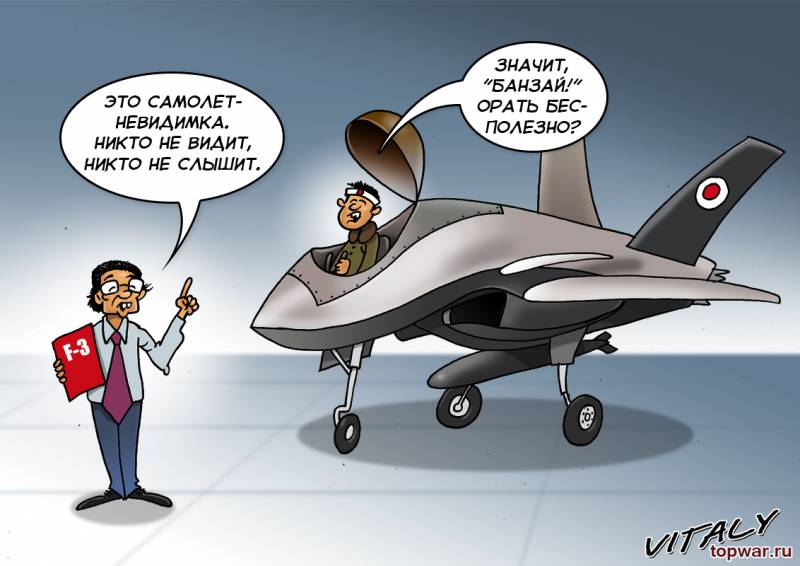
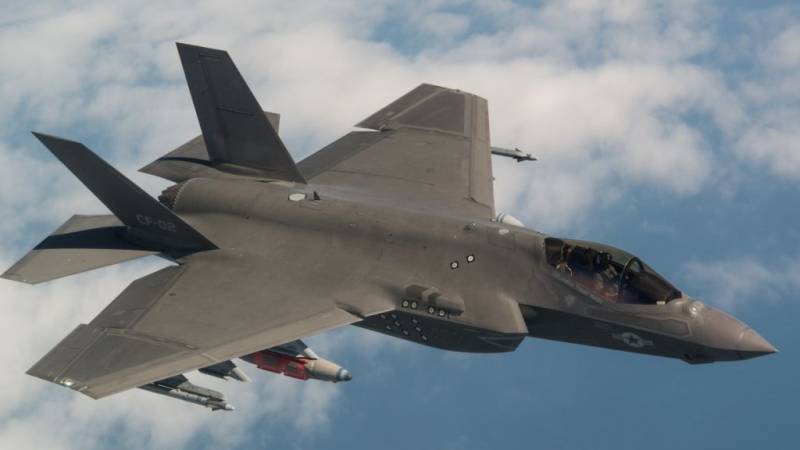
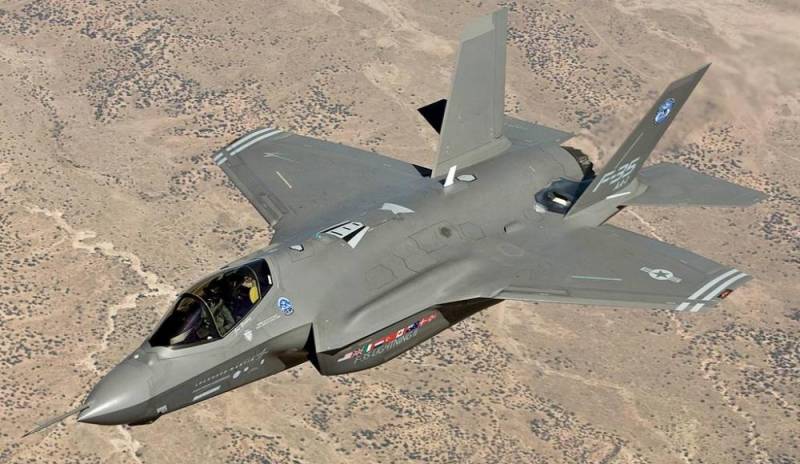
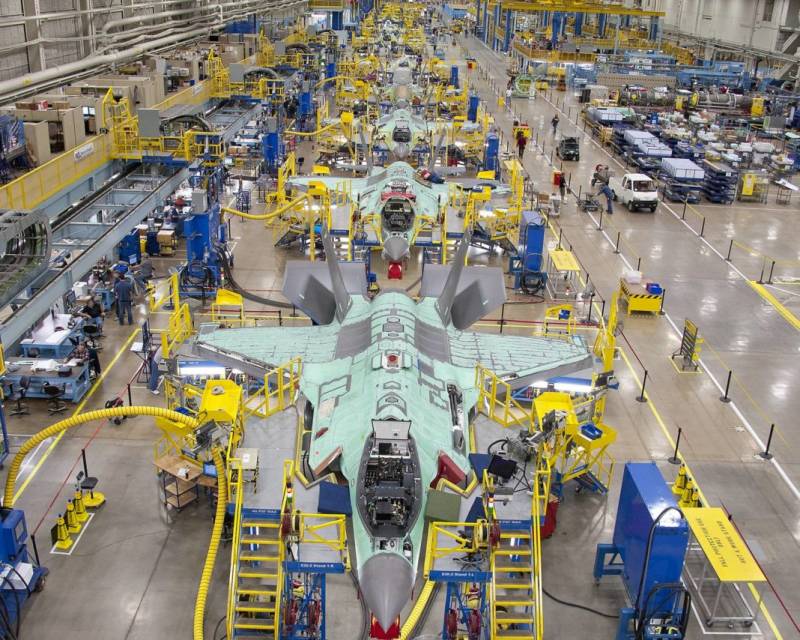
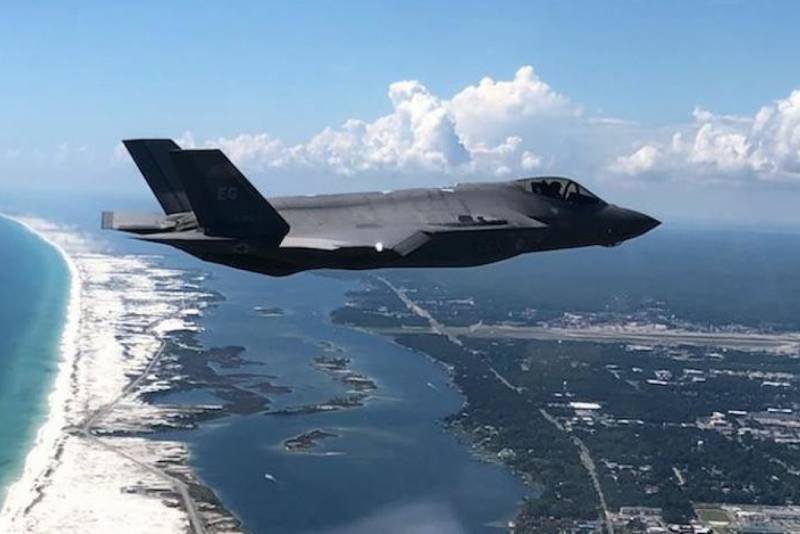
Information